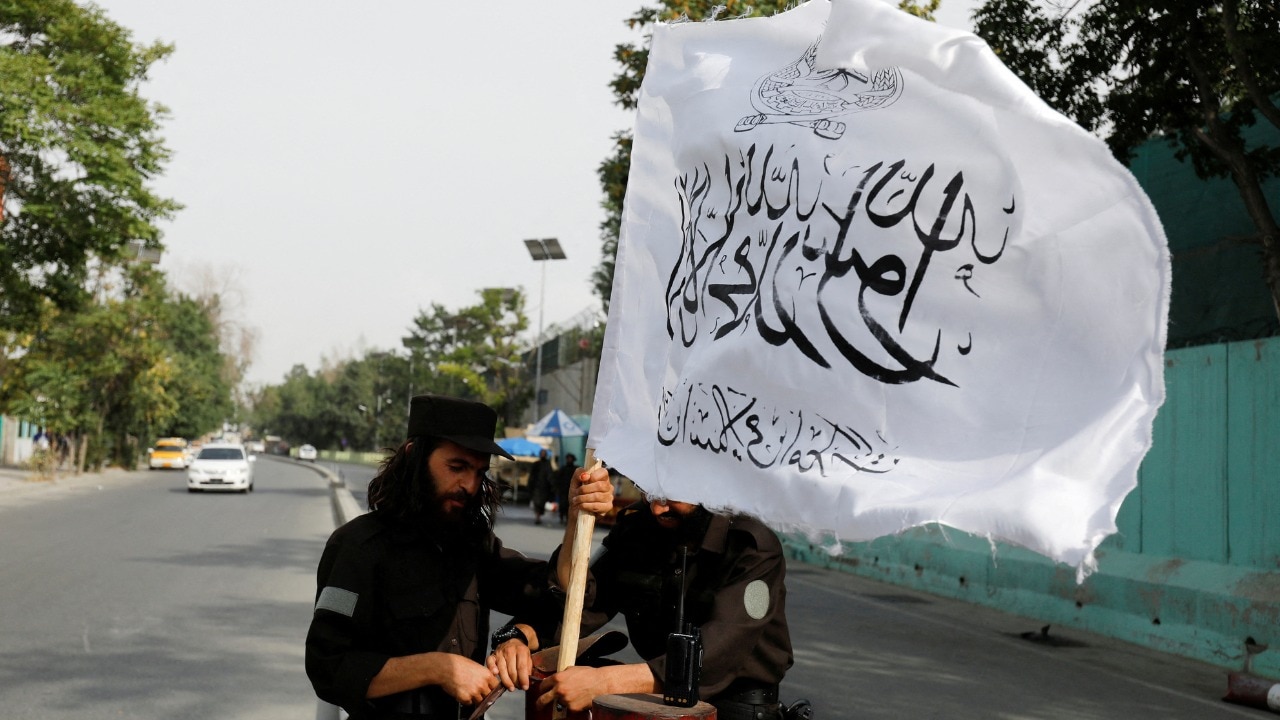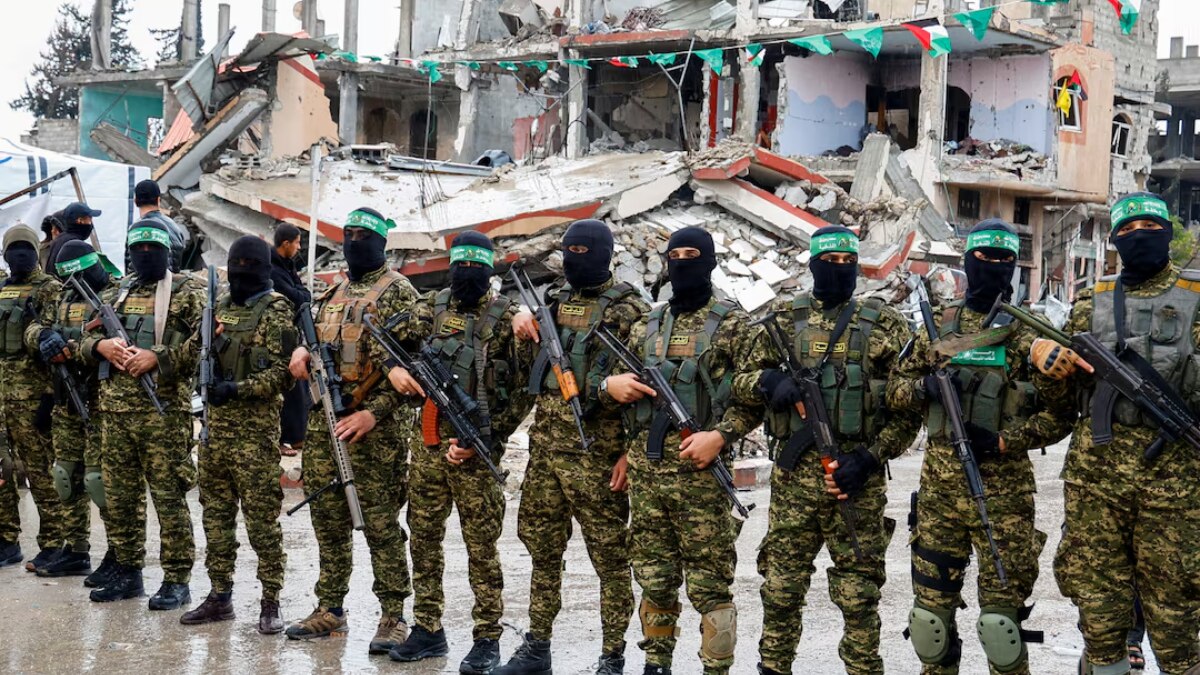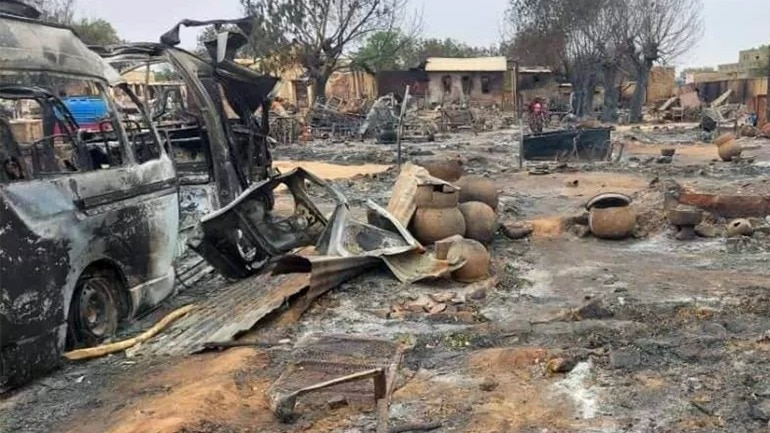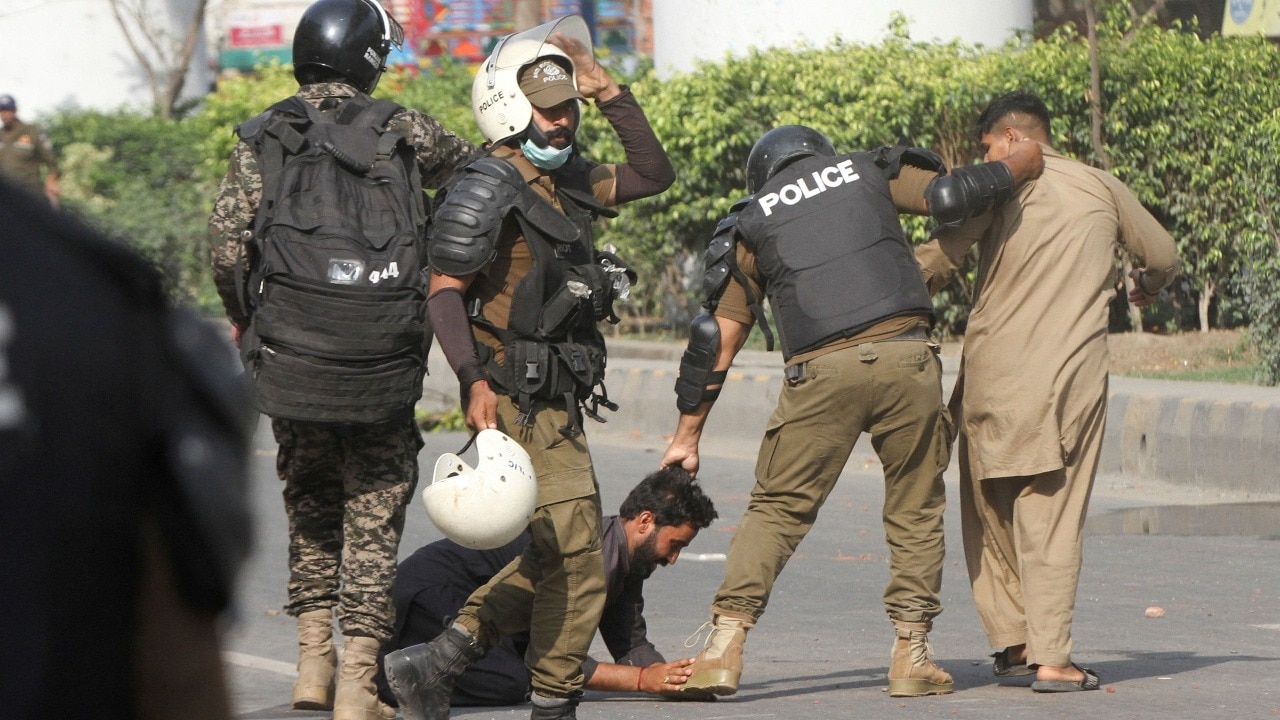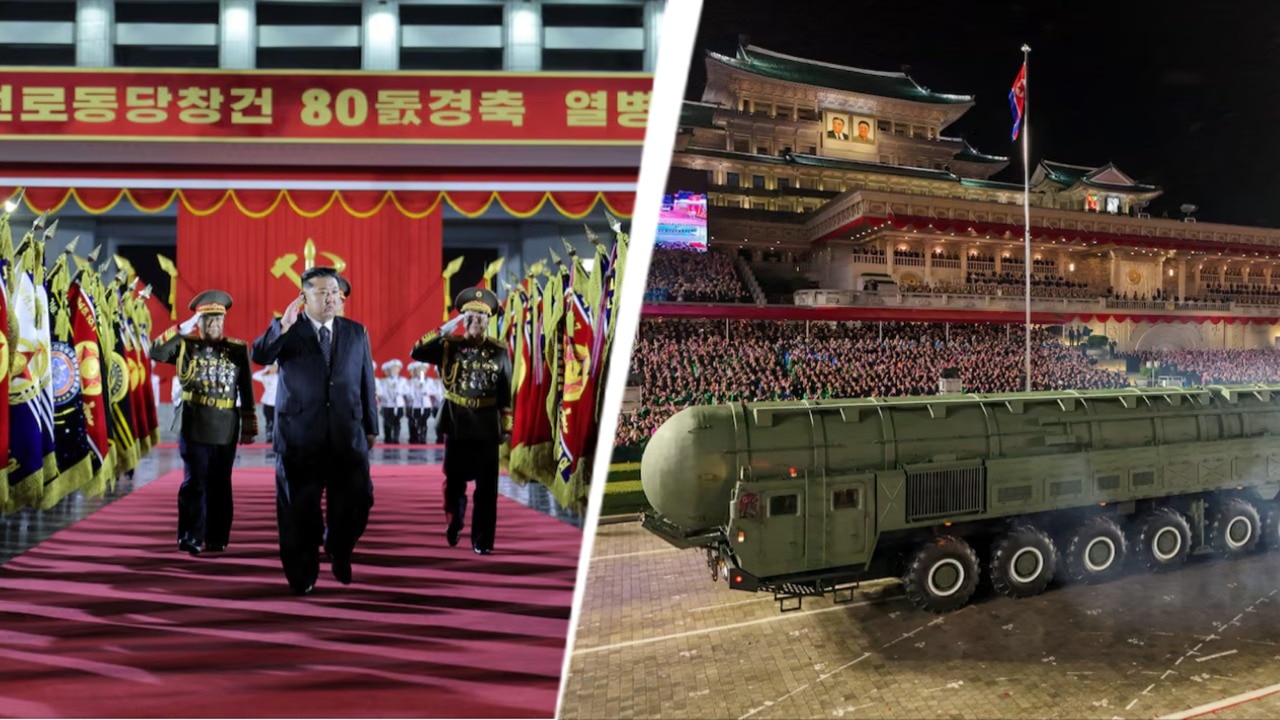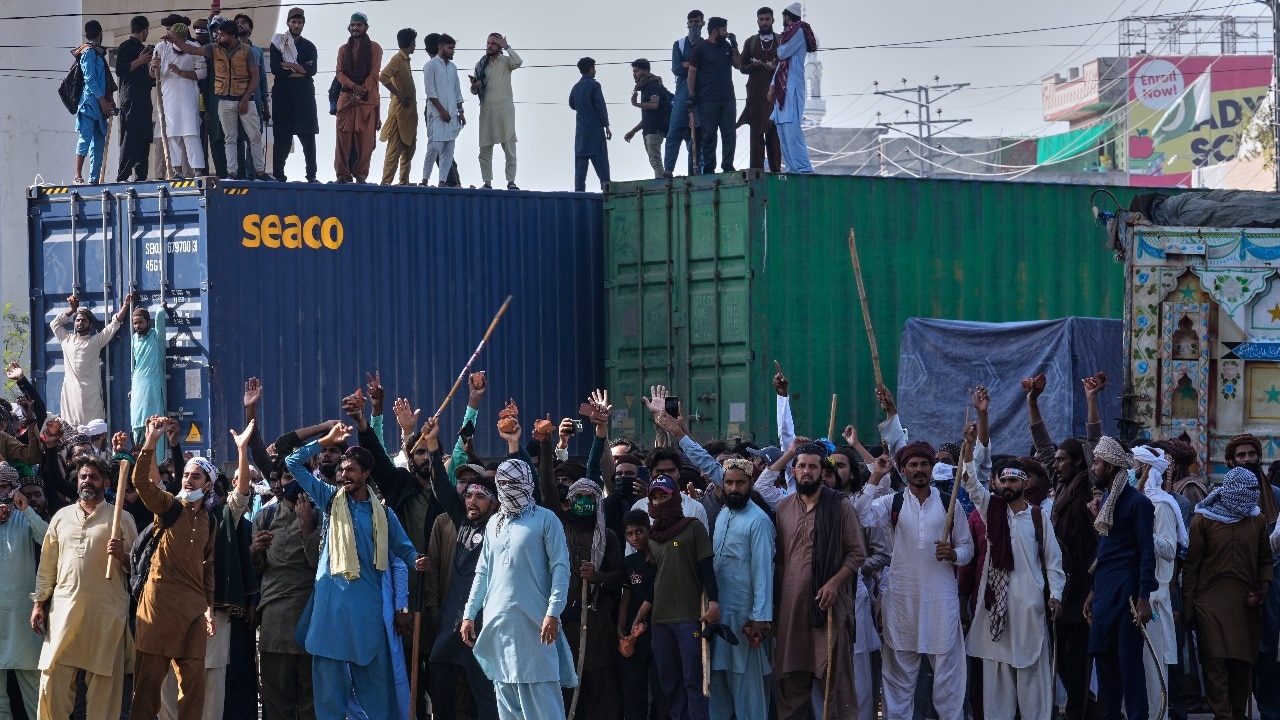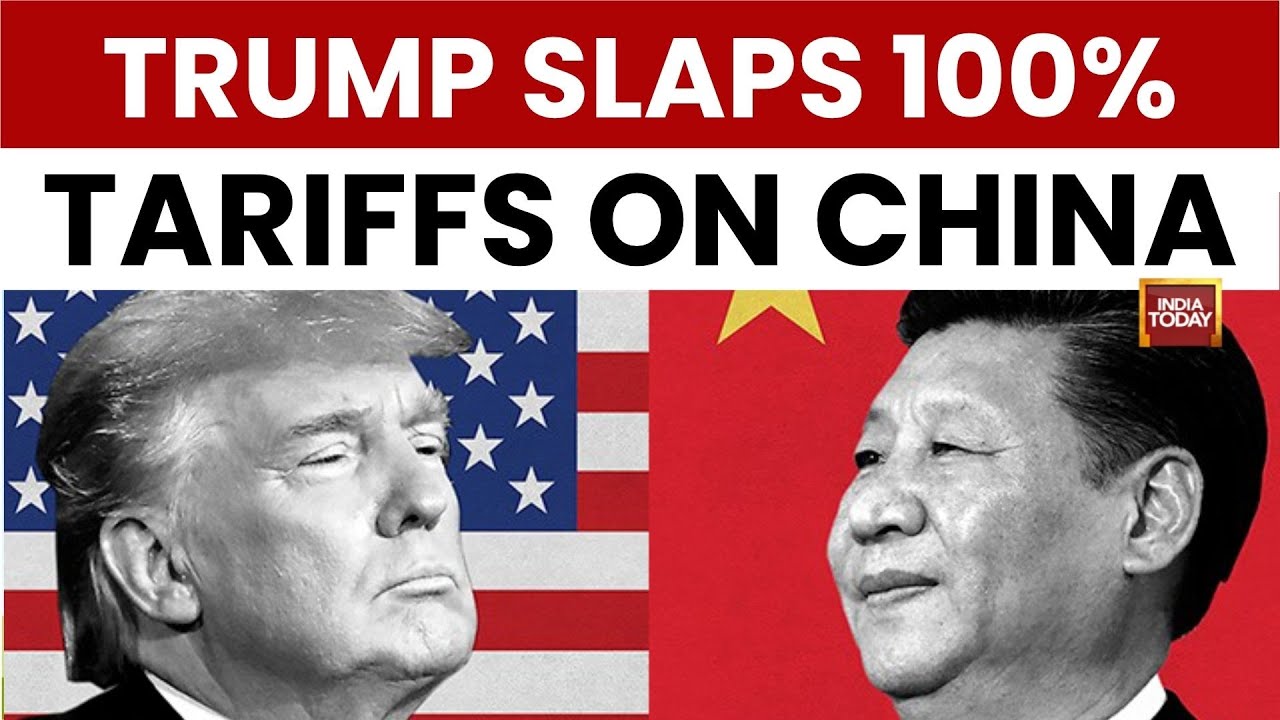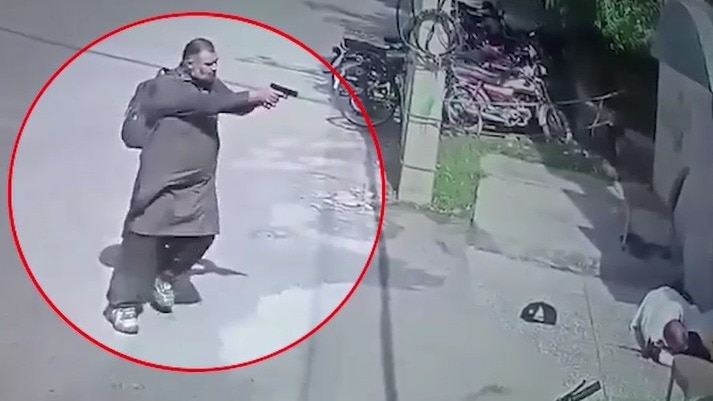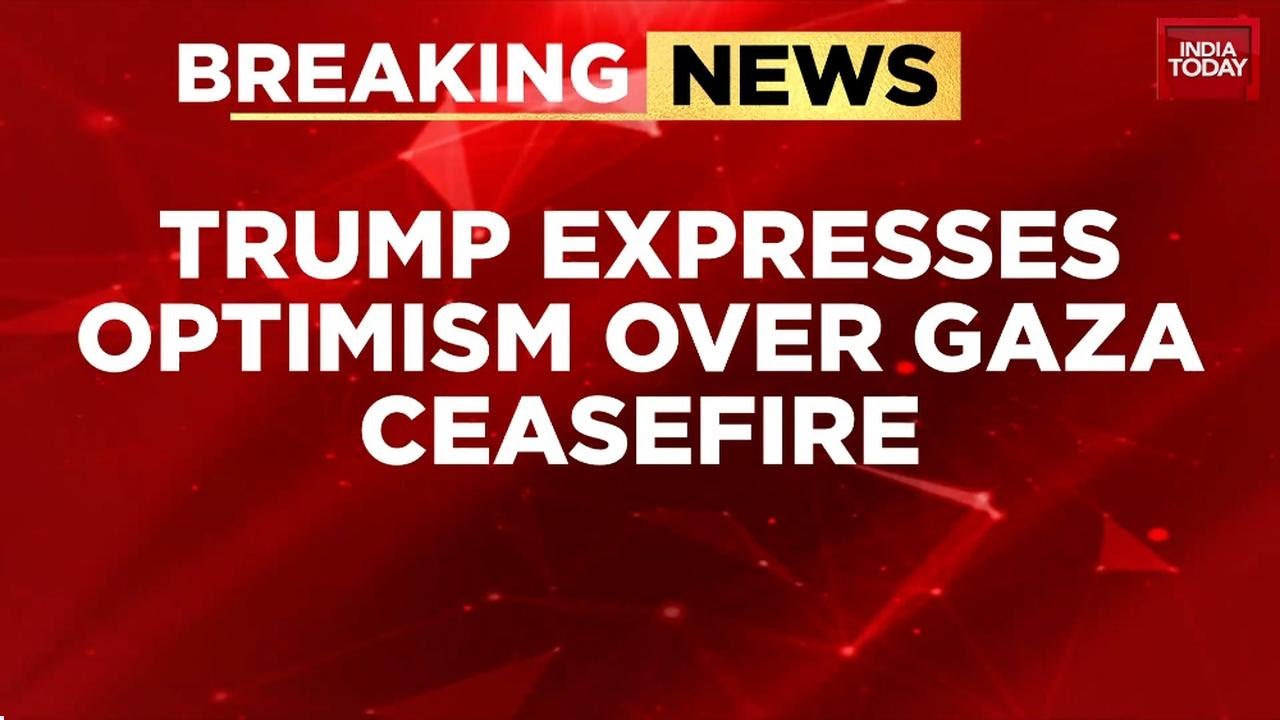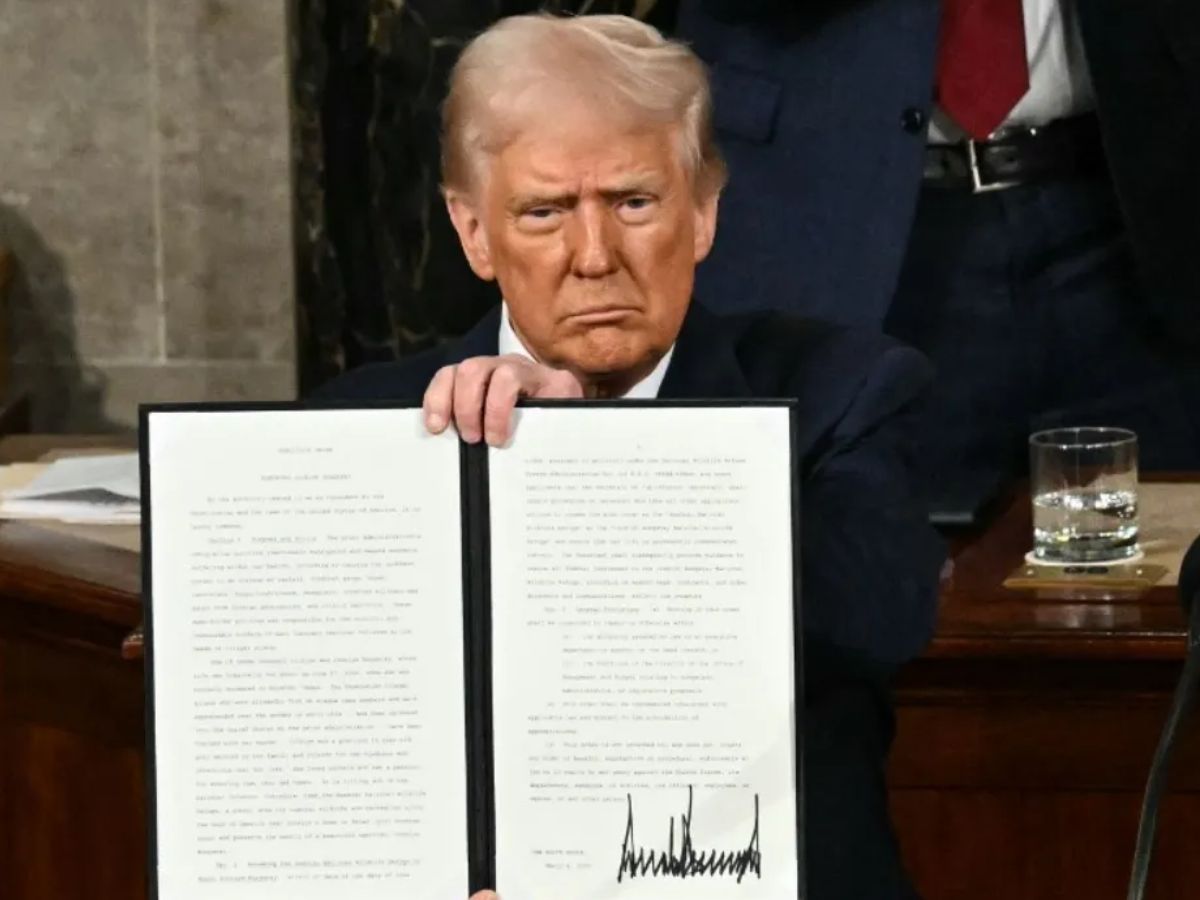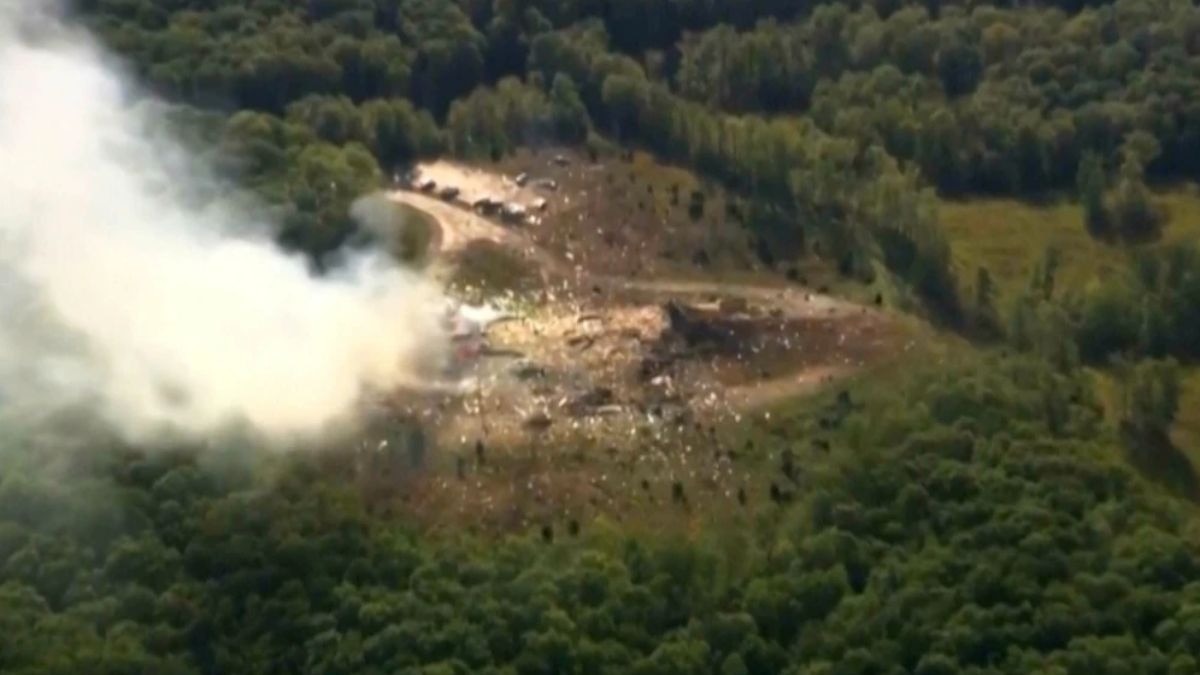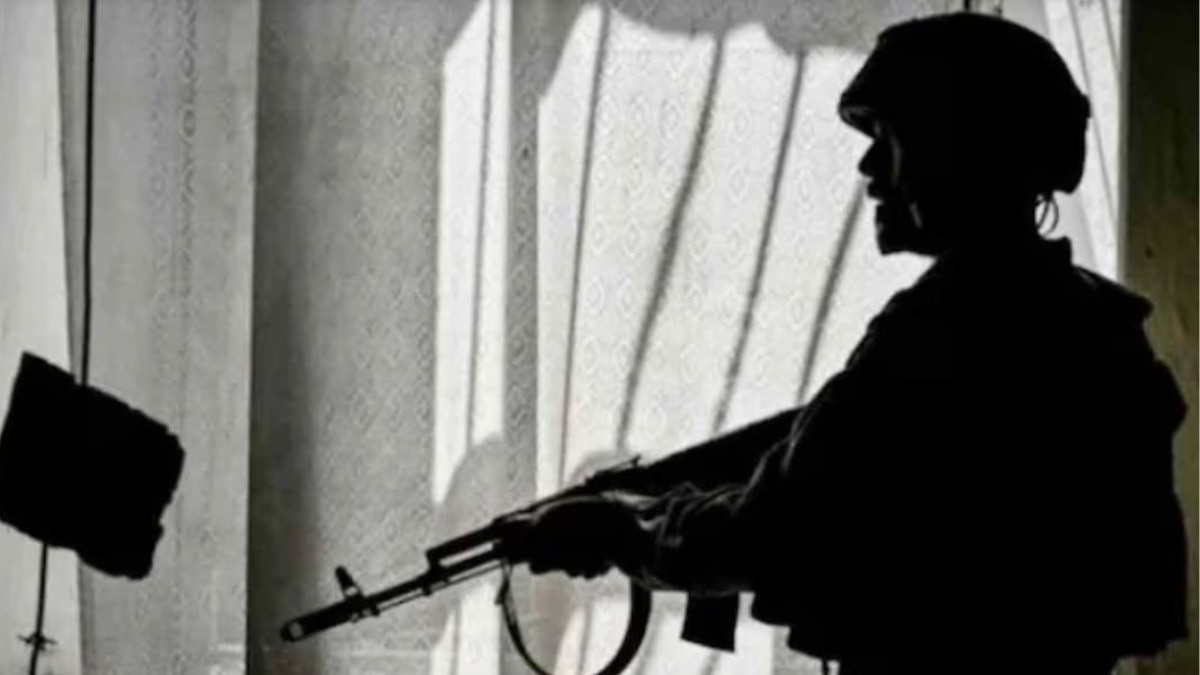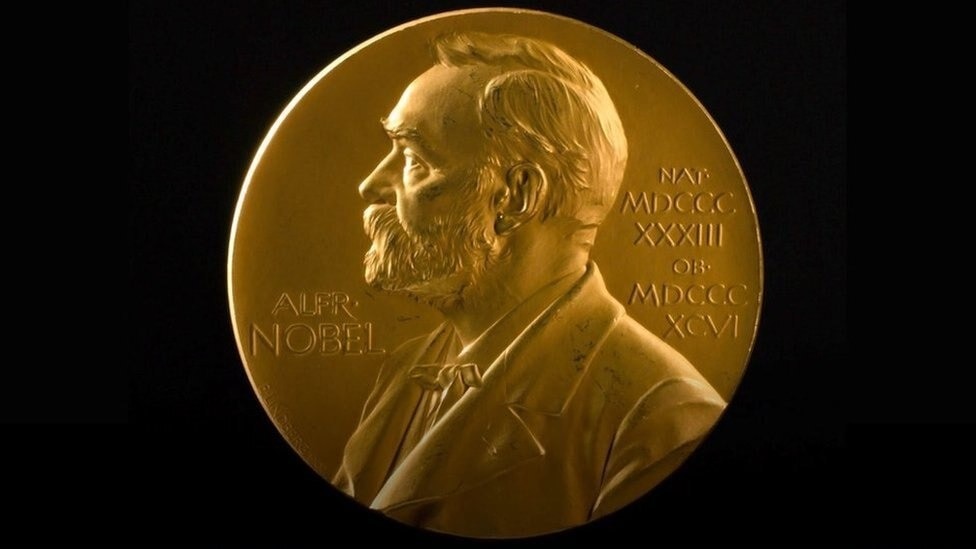Last Updated:August 14, 2025, 10:11 IST
With Donald Trump and Vladimir Putin set to meet in Alaska, talk of a “land swap” has intensified. But Zelenskyy's red line is clear: no withdrawal from Donbas

Zelenskyy's remarks come just days before US President Donald Trump meets Russian President Vladimir Putin in Alaska.(Reuters Image)
Ukrainian President Volodymyr Zelenskyy has made his position clear: he will not agree to pull Ukrainian forces out of the Donbas, the country’s eastern industrial heartland. His remarks come just days before US President Donald Trump meets Russian President Vladimir Putin in Anchorage, Alaska, their first in-person encounter in more than four years, where the Kremlin is expected to push for Ukrainian land as part of a possible peace arrangement.
“For the Russians, Donbas is a springboard for a future new offensive. If we leave Donbas of our own accord or under pressure, we will start a third war," Zelenskyy told journalists. “I am not going to surrender my country because I have no right to do so. If we leave Donbas today, our fortifications, our terrain, the heights we control, we will clearly open a bridgehead for the preparation of a Russian offensive."
What And Where Is Donbas
The Donbas, short for “Donets Basin", is made up of Ukraine’s Donetsk and Luhansk regions. It is the country’s industrial and mining powerhouse, known for its high-quality coal reserves, steel production and dense urban centres. Before the war, the region accounted for about a third of Ukraine’s population.
The territory stretches from Mariupol in the south to the Russian border in the north. Today, Russia controls all of Luhansk and much of Donetsk, as well as large parts of Zaporizhzhia and Kherson, small pockets in Kharkiv and Sumy, and Crimea, which it annexed in 2014. Ukraine still holds about 30 per cent of Donetsk, including heavily fortified defensive lines and key high ground. More than 200,000 civilians live in this remaining Ukrainian-controlled area.
What Putin Wants
Russian President Vladimir Putin is demanding that Ukraine withdraw its troops from the 9,000 square kilometres of Donetsk still under Kyiv’s control. European officials cited by The New York Times say Moscow’s broader negotiating position is for Ukraine to leave the Donbas entirely, effectively surrendering the remaining part of Donetsk and formalising Russia’s control over all of Luhansk, which is already fully occupied by Russian forces.
For Moscow, such a concession would not only secure the territory but also provide a stronger base for future operations in central Ukraine.
Zelenskyy’s Red Lines: Fears Of A ‘Third War’
Zelenskyy has insisted that any negotiation over territory must involve Ukraine directly. “Any productive talks without [Ukraine] at the table will not work for us. They are possible, but they will not be accepted by us," he said.
He has also warned that Russia’s current troop build-up could be the prelude to a fresh offensive as early as September. “I haven’t heard anything — not a single proposal that would guarantee that a new war won’t start tomorrow and that Putin won’t try to occupy at least Dnipro, Zaporizhzhia and Kharkiv," he said.
For the Ukrainian President, without binding, enforceable security guarantees — something he says only Europe is offering at present — any territorial concession would merely delay, not prevent, the next Russian assault.
Trump’s Role And The ‘Land Swap’ Idea
Trump has repeatedly suggested that a negotiated territorial exchange between Russia and Ukraine could be the basis for a peace deal. After announcing his meeting with Putin, he said the conflict might conclude with “some swapping of territories". It remains unclear what, if anything, Russia would give up in such an arrangement.
The White House is reportedly trying to bring European leaders on board with the idea, a move critics say would allow Putin to declare victory while leaving Kyiv’s gains uncertain. Zelenskyy has not been invited to Friday’s talks, but Trump has said he will brief Kyiv and European leaders afterwards: “I’m not going to make a deal. It’s not up to me to make a deal. I think a deal should be made for both. If it’s a fair deal, I will reveal it to the European Union leaders and the NATO leaders and also to President Zelenskyy. I may say, ‘lots of luck, keep fighting,’ or I may say we can make a deal."
White House press secretary Karoline Leavitt described the Alaska meeting as a “listening exercise" and confirmed that a one-on-one between Trump and Putin is “part of the plan."
Why Donbas Is Militarily Critical
The Donbas has long been central to Ukraine’s defence. In World War II, the region saw some of the bloodiest battles on the Eastern Front. The modern conflict began in 2014, when Russia illegally annexed Crimea and Moscow-backed separatists seized parts of Donetsk and Luhansk, sparking a low-intensity war that continued for years. This escalated into a full-scale Russian invasion in February 2022.
In both phases of the conflict, cities like Bakhmut and Avdiivka became strongholds where Ukrainian forces held the line, inflicting heavy losses on Russia. They remain the only major cities Moscow has captured since the first year of the full-scale invasion in 2022.
The Ukrainian-held parts of Donetsk are connected by a single north–south road, forming a defensive line that blocks Russian forces from sweeping further west. According to Serhii Kuzan, chairman of the Ukrainian Security and Cooperation Center, losing these positions “would effectively mean the collapse of this entire defensive line."
Ceding Donbas would also give Moscow control over fortifications built at significant cost, vital railway infrastructure, and land rich in minerals and coal. Beyond the industrial belt lies open terrain, a gateway to Ukraine’s heartland, making it an ideal staging ground for future offensives, according to the Washington-based Institute for the Study of War.
The Donbas is also part of Ukraine’s “fortress belt", a chain of fortified towns, including Kramatorsk and Sloviansk, that has repelled Russian advances for over a decade. It links to routes providing Russia with access to the Black Sea, a long-standing strategic priority for Moscow.
The Political Reality In Kyiv
But beyond the battlefield, the fight over Donbas is shaped by law, public opinion and national identity. Zelenskyy’s refusal to consider a land-for-peace deal reflects these constraints. Under Ukraine’s Constitution, the president has no authority to surrender any part of the country’s territory. Public sentiment also backs his stance: more than three-quarters of Ukrainians oppose trading land for peace, with opposition “much, much higher" among the military, according to Serhii Kuzan.
Historian Yaroslav Hrytsak told NYT that the principle of “nothing about us without us", rooted in Cossack-era traditions of self-governance and collective decision-making, is central to Ukrainian identity. Any settlement reached without Kyiv’s direct participation, he said, would be seen as illegitimate by much of the public.
Why Moscow Might Prefer Talks Over Fighting
For Russia, talks could achieve in months what might otherwise take years of costly fighting. Matthew Savill, director of military sciences at the Royal United Services Institute, told Sky News that while Russian advances have recently picked up, “even though they are making ground, it would still take years (three or more) at current rates to capture all this territory."
The prospect of achieving through diplomacy what could take years of fighting, at the cost of heavy casualties and resources, makes a negotiated handover of Donbas an appealing shortcut for the Kremlin.
Military analyst Michael Clarke told Sky News the talks “certainly won’t create peace, but it might create a ceasefire in place if Putin decides to be flexible." However, he warned, “So far he hasn’t shown any flexibility at all," and suggested Putin could simply use any ceasefire to pause operations, wait out the political clock, and resume the invasion once conditions such as a change in US leadership are more favourable.
The Stakes Going Into Alaska
For Kyiv, the argument against giving up Donbas is both strategic and moral. Militarily, such a concession would dismantle the defensive lines that have held Russia back, hand Moscow fortified positions and key transport links, and open the way to Ukraine’s heartland. Politically, it would breach constitutional limits and defy overwhelming public opinion, risking a crisis of legitimacy for any Ukrainian government that agreed to it.
The humanitarian consequences would also be immediate: hundreds of thousands of people in the Ukrainian-held parts of Donbas could be forced to flee.
As Trump and Putin prepare to meet in Anchorage, the future of Donbas hangs in the balance, but Zelenskyy insists that no decision about it can be made without Ukraine at the table.

Karishma Jain, Chief Sub Editor at News18.com, writes and edits opinion pieces on a variety of subjects, including Indian politics and policy, culture and the arts, technology and social change. Follow her @kar...Read More
Karishma Jain, Chief Sub Editor at News18.com, writes and edits opinion pieces on a variety of subjects, including Indian politics and policy, culture and the arts, technology and social change. Follow her @kar...
Read More
August 14, 2025, 09:45 IST
News explainers Inside East Ukraine Flashpoint: Putin’s Target, Zelenskyy’s Defiance, And Land Politics
Disclaimer: Comments reflect users’ views, not News18’s. Please keep discussions respectful and constructive. Abusive, defamatory, or illegal comments will be removed. News18 may disable any comment at its discretion. By posting, you agree to our Terms of Use and Privacy Policy.
Read More

 1 month ago
1 month ago
